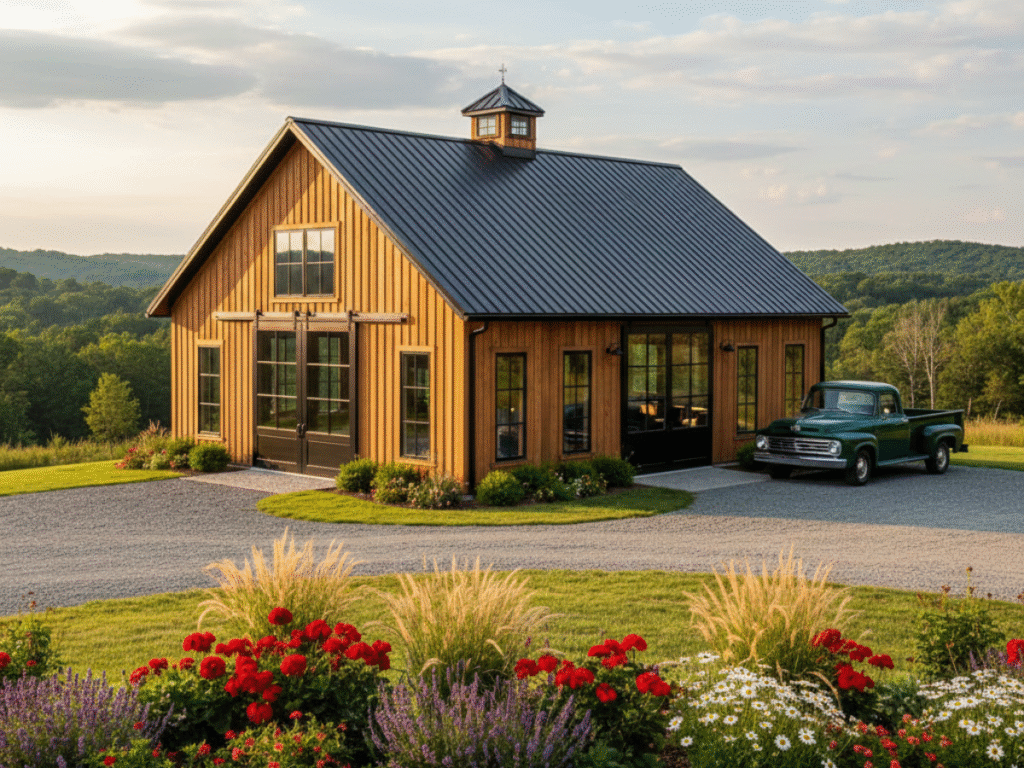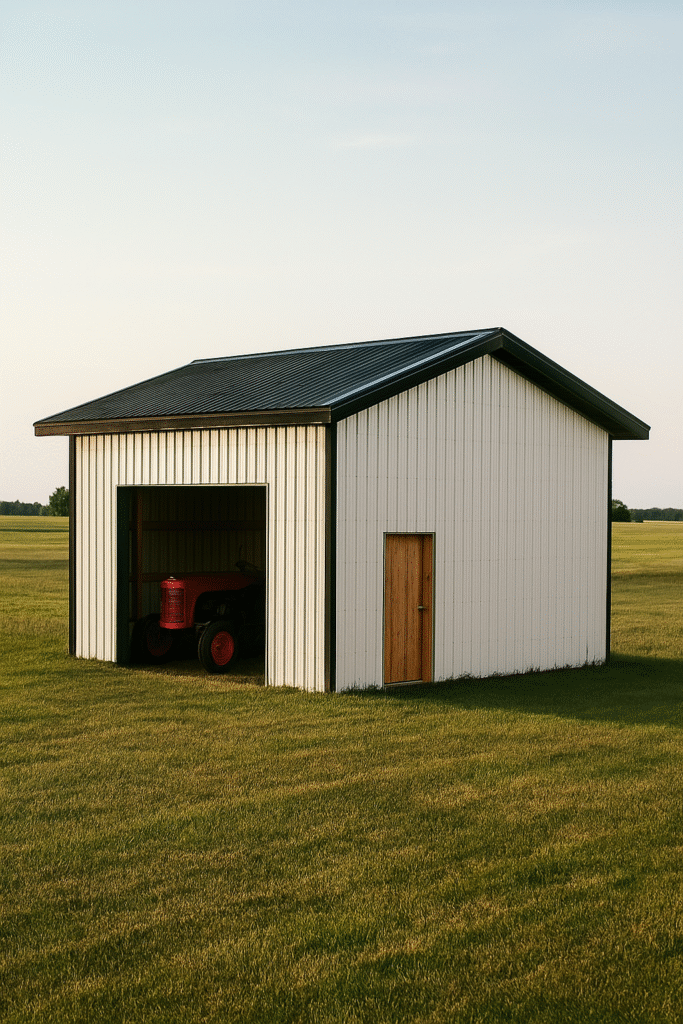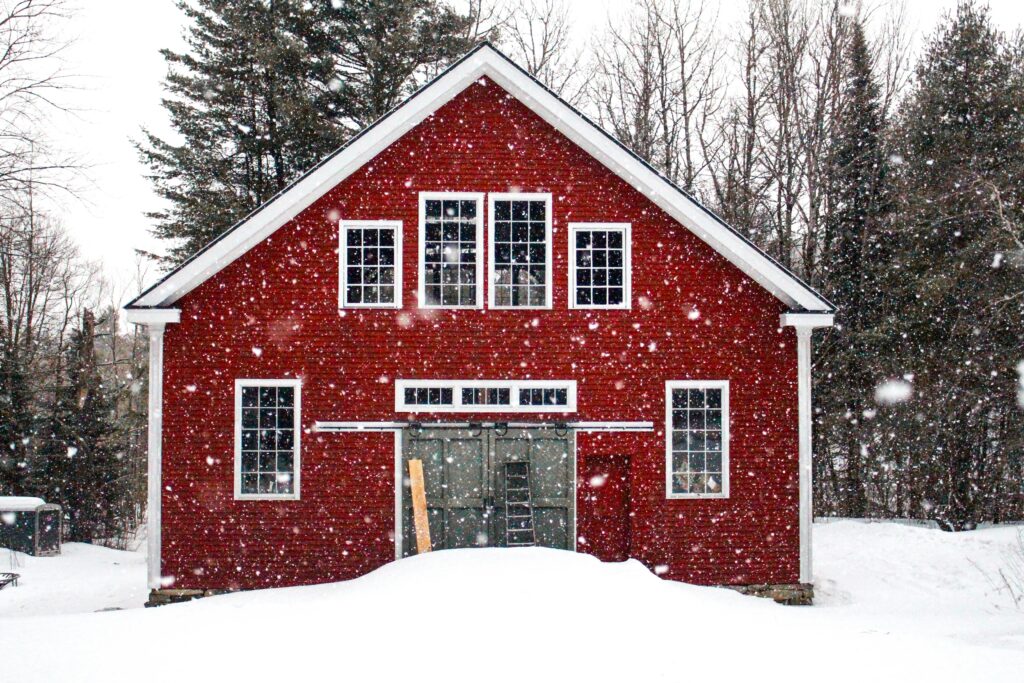How Much to Build a Pole Barn
Key Takeaways Introduction: Understanding the Cost Spectrum A pole barn also known as post frame construction offers an efficient path to creating usable space for agriculture, storage, small business operations, or hobby work. The Metal Shop focuses on fabricating high quality metal components and pole barn kits that support strong structural performance. The total cost […]
How Much to Build a Pole Barn Read More »




